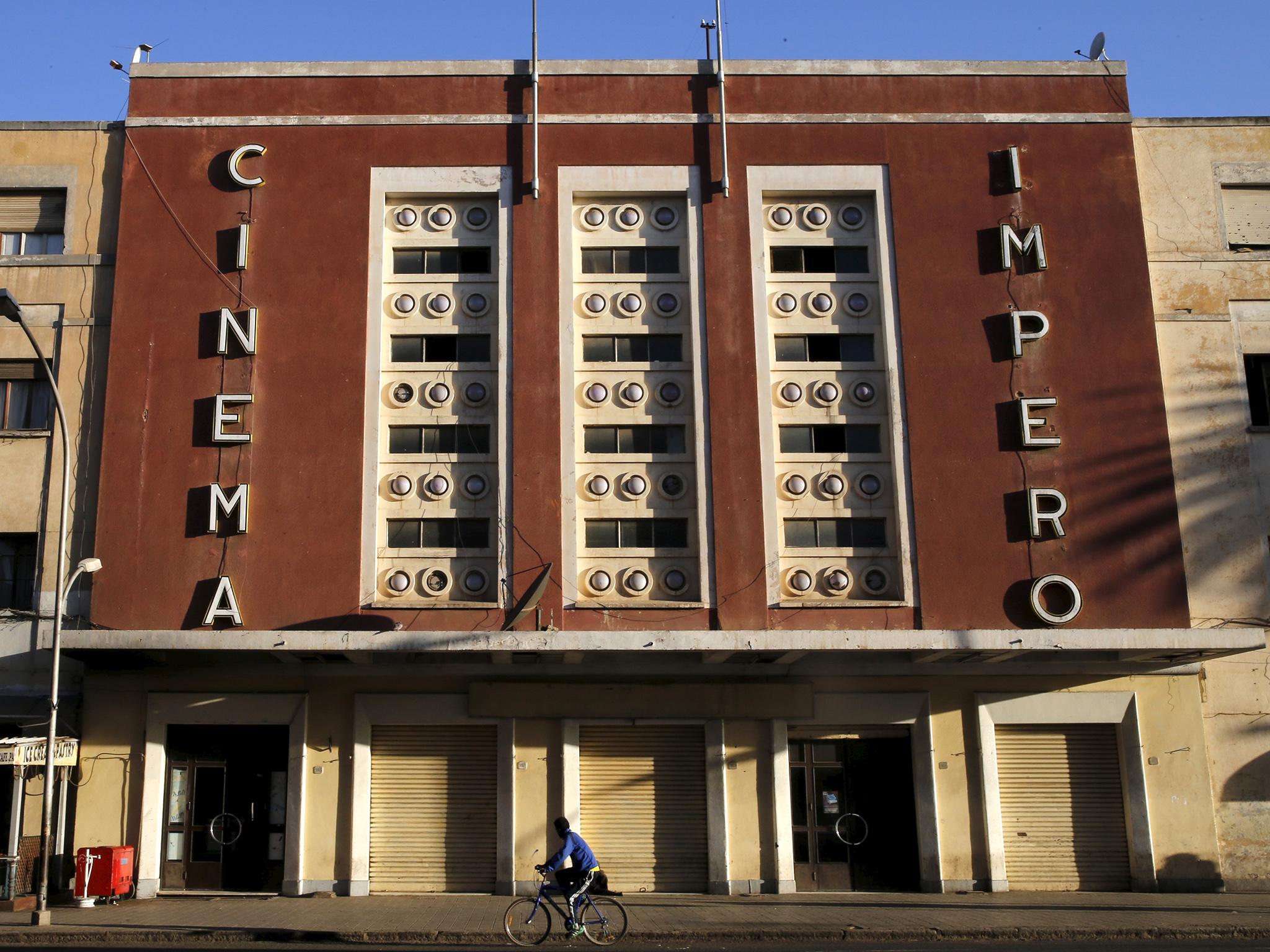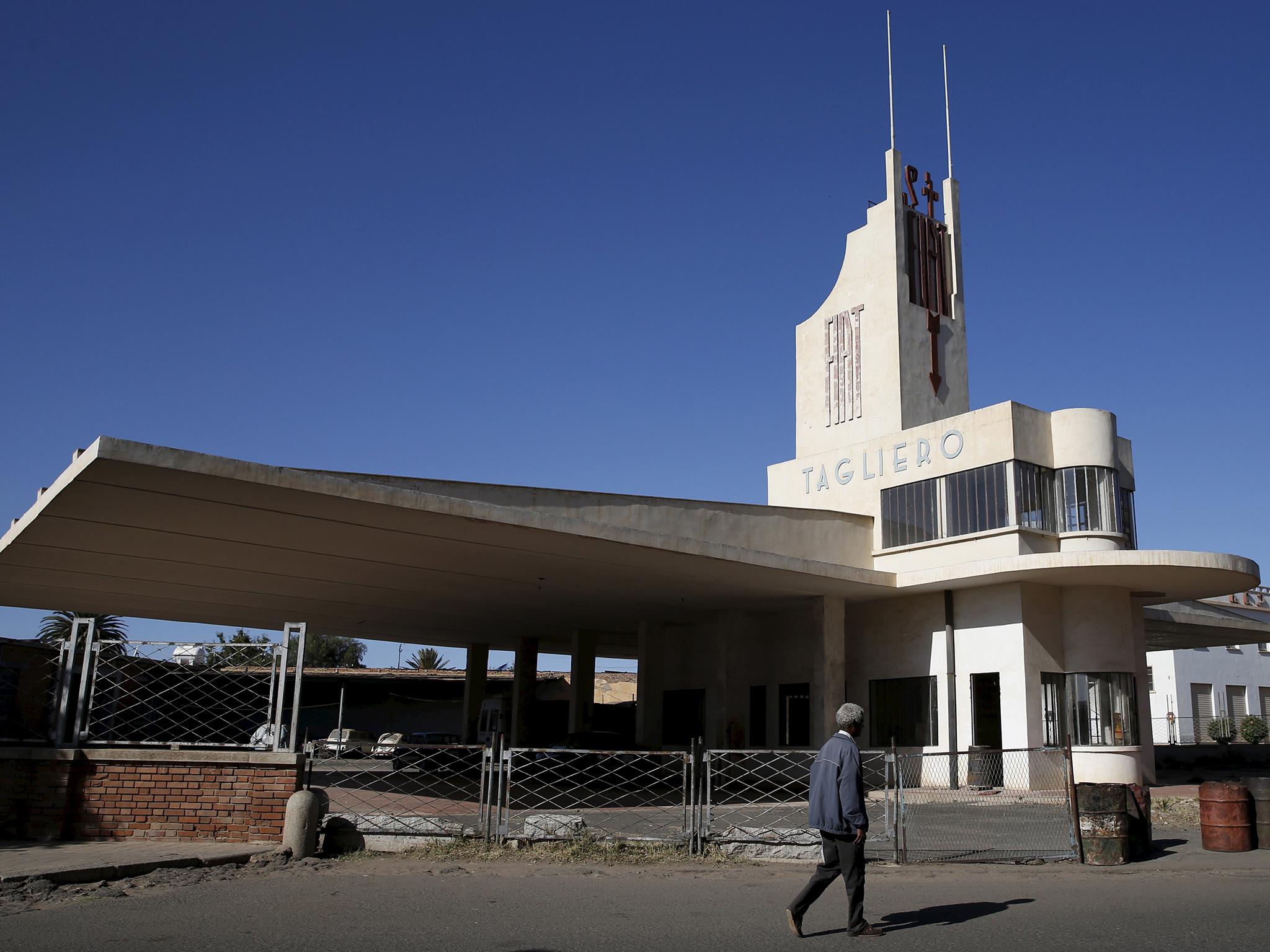Asmara: Exploring Eritrea's UNESCO certified Art-Deco wonderland
Italian architects used what had been an amalgamation of highland villages centuries earlier as an ‘ideal blank canvas’

Your support helps us to tell the story
From reproductive rights to climate change to Big Tech, The Independent is on the ground when the story is developing. Whether it's investigating the financials of Elon Musk's pro-Trump PAC or producing our latest documentary, 'The A Word', which shines a light on the American women fighting for reproductive rights, we know how important it is to parse out the facts from the messaging.
At such a critical moment in US history, we need reporters on the ground. Your donation allows us to keep sending journalists to speak to both sides of the story.
The Independent is trusted by Americans across the entire political spectrum. And unlike many other quality news outlets, we choose not to lock Americans out of our reporting and analysis with paywalls. We believe quality journalism should be available to everyone, paid for by those who can afford it.
Your support makes all the difference.In an often-forgotten corner of the Horn of Africa, Eritrea’s capital boasts one of the world’s finest collections of early 20th-century architecture – with UNESCO awarding it World Heritage Site status earlier this year
When Italy’s colonial experiment in Eritrea ended in 1941, it left behind an array of Rationalist, Futurist, Art Deco and other Modernist styles in Asmara, a city whose historic heart has changed little since the Italians lived and worked there.
In following decades, conflict ravaged Eritrea, leaving the nation isolated and stifling development. But the violence bypassed the city, and the capital has never been swallowed by the kind of exapnsion that raced ahead elsewhere in Africa.
Elegant avenues are flanked by the Art Deco Cinema Impero, the imposing lines of the Education Ministry that once housed the Fascist Party headquarters and the Futurist Fiat Tagliero garage with gravity-defying concrete cantilevered wings, extending 15 metres either side without the support of pillars.
Italian architects used what had been an amalgamation of highland villages centuries earlier as “an ideal blank canvas”, according to UNESCO’s description, to practise what were, at the time, some of the world’s most avant-garde designs.
Italians nicknamed it La Piccola Roma or Little Rome.
“The city is very intact and maintains its original character,” said Medhanie Teklemariam, coordinator for the Asmara Heritage Project, which has drawn up an inventory of about 4,300 buildings in Asmara’s historic perimeter.

The authorities have carefully protected the architectural assets, adhering to 1938 building regulations. New planning regulations are being drawn up but some rules, such as limiting buildings to 60 metres high, are likely to remain.
“If we are going to exceed this height, I think we are going to destroy the skyline of Asmara,” said Teklemariam.
The Italians left their mark in other ways. Pizza and pasta are almost national dishes – and are expertly cooked.
Italians also brought cycle racing to Eritrea and it has become a national passion – images of Eritrean cyclist Daniel Teklehaimanot, who wore the King of the Mountains jersey in the 2015 Tour de France, are plastered in hotels and shops.
Street-side cafes are filled with the grumble and hiss of polished coffee machines serving up espressos and macchiatos.
Seeking to mirror the bigger and older empires of Britain and France, Eritrea was Italy’s route “to enter the big business of imperialism”, said Federico Niglia, a history professor at Luiss University in Rome.
Coinciding with a period when there was an “explosion of art” in Italy, Asmara’s architecture was one way to show off Italy’s approach to colonial management, he added.
But Italy’s ambitions lay beyond Eritrea, which was seen as simply the starting point of a far grander empire in East Africa. It had long had its eyes on Ethiopia next door, a nation it briefly occupied from 1936 until it was ejected in 1941.
Unlike Asmara, a city Italians shaped during several decades there, the Ethiopian capital Addis Ababa’s soaring skyline and rapid expansion have overshadowed the few reminders of the country’s brush with Italian rule.
Reuters
Join our commenting forum
Join thought-provoking conversations, follow other Independent readers and see their replies
Comments